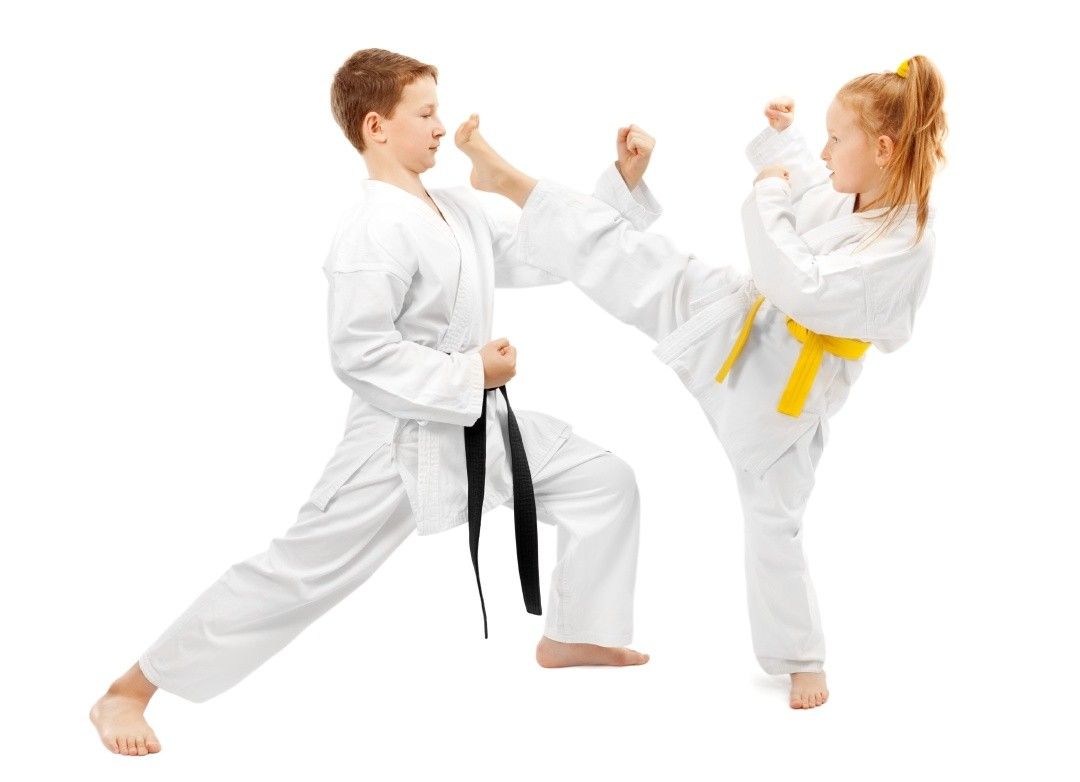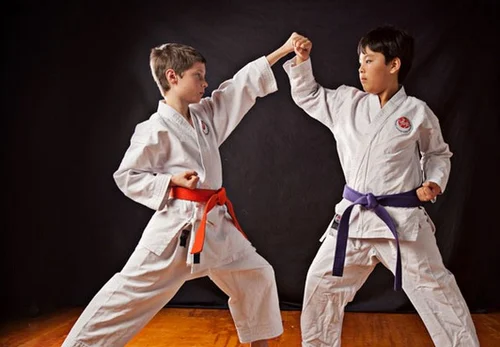KIDS SPECIAL PROGRAM – ABOVE 4 AND BELOW 10
A martial arts program for kids aged between 4 to 10 years old is completely
different as there body development is fast and need ultimate care and
guidance in martial arts.
Here are some considerations we keep in mind for small kids and have
developed a specific training program for them to achieve success in martial
arts.
- Safety: The safety of the children should always be the top priority. This means that you need to use appropriate equipment and ensure that the children are supervised at all times.
- Fun: Children at this age need to have fun while they learn. If the program is not enjoyable, they may lose interest quickly. We try to incorporate games and other fun activities into the program.
- Development: Children at this age are still developing both physically and mentally. The program is designed to help them develop their coordination, balance, strength, flexibility, focus, and discipline.
- Basics: It is important to teach children the basic techniques of the martial art we are teaching. This will help them develop a solid foundation for their skills and enable them to progress to more advanced techniques as they grow older.
- Progression: The program we do is to have clear goals and objectives, and children should be rewarded for their achievements. This will help keep them motivated and encourage them to continue learning.
- Communication: Good communication is essential when teaching children. Make sure you explain everything clearly and encourage them to ask questions if they don't understand something.
Based on these considerations, here is one of a sample program we use:
Warm-up (10 minutes):
• Light jogging or jumping jacks
• Stretching exercises to warm up the muscles
Basic Techniques (20 minutes):
• Stances: Horse stance, front stance, back stance
• Blocks: High block, middle block, low block
• Strikes: Punches and kicks
• Footwork: Step forward, step back, shuffle
Games and Activities (15 minutes):
• Dodge ball: using soft balls and teaching children to dodge, block and
evade.
• Obstacle Course: placing cones, chairs and hurdles in the space and
having children jump, duck, and weave through it while keeping their
balance.
Technique Practice (20 minutes):
• Practice basic techniques in pairs or on a punching bag.
• Introduce basic combinations, such as a punch followed by a kick or a
block followed by a punch.
Cool-down (5 minutes):
• Light stretching to cool down the muscles
Overall, it is important to remember that children at this age have a
short attention span, so it is essential to keep the program engaging and
fun. Varying activities, games, and techniques can help keep them interested
and motivated. Additionally, encouraging teamwork and providing positive
reinforcement can help build self-confidence and develop social skills.



